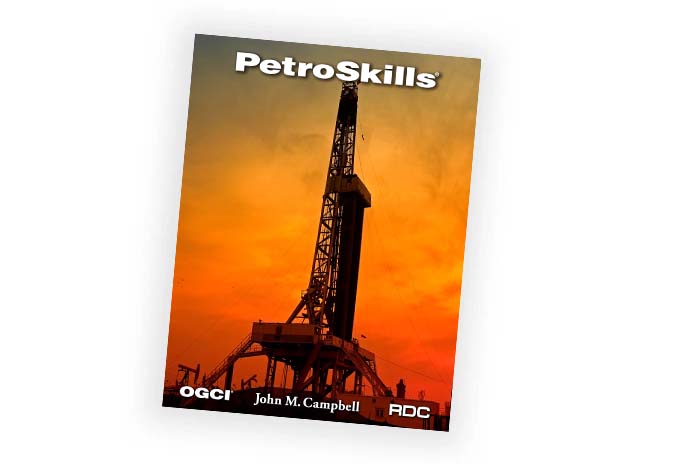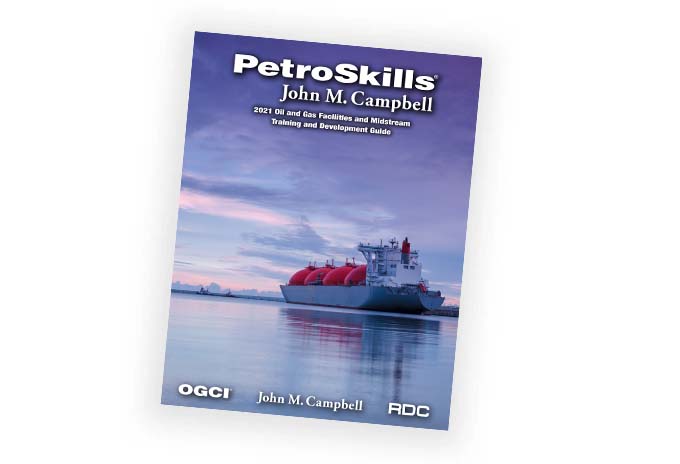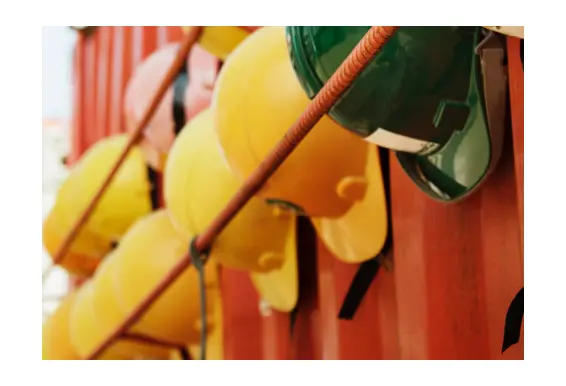Structural Styles in Petroleum Exploration - ST
About the Course
Even with the best of data, the correct interpretation of a subsurface structure usually requires recognition of the fundamental characteristics of the assemblage in which it occurs and the range of trap styles to be expected.
This course provides an overview of all hydrocarbon-bearing structural assemblages and their associated trap types. The processes that produce the structures and control their styles are interpreted in terms of basic rock-mechanical principles. Classic outcrops, physical models, 2D and 3D seismic, and mature-field log-based interpretations from around the world provide analog examples for practical interpretation. Participants will learn the major structural trap geometries and the structural concepts for predicting the geometry where data are absent, misleading, or conflicting. The principles of section balancing and restoration are covered as tools for validating interpretations and for documenting structural evolution. Practical interpretation skills are developed in numerous exercises, most of which use seismic data.
"I enjoyed the ancient and modern analogues during presentation - like a virtual field trip. I thought the exercises were good - short, simple, but got the point across. I appreciated the focus on 'where to drill.'" - Senior Staff Geologist, United States
"Liked exercises and seismic section practicing. Very good instructor and friendly and knowledgeable." - Geologist, Kuwait
Target Audience
Exploration geologists, geophysicists, engineers, and geoscience managers.You Will Learn
Participants will learn how to:
- Recognize all the different hydrocarbon-bearing structural styles in map and cross- section
- Distinguish the characteristics of each structural style on seismic reflection profiles
- Recognize the arrangement of structural styles and traps within structural families
- Apply mechanical-stratigraphic concepts to understand and predict trap geometry
- Use restoration and balance to validate an interpretation and show the structural evolution
Course Content
- Comparative structural geology
- Structural families and styles
- Mechanical principles governing fold and fault geometry
- Predicting structure from stratigraphy
- Folding vs. faulting
- Palinspastic restoration of cross sections
- Structural validation criteria
- Sequential restoration and growth history
- Regional arches and domes
- Compaction and substratal solution
- Wrench faults: simple, convergent, and divergent
- Conjugate and domino-style strike-slip regimes
- Thin-skinned fold-thrust belts
- Fault-related folds
- Duplexes
- Basement-involved contraction
- Vertical and rotational block uplifts
- Inversion: dip-slip to strike-slip
- Thin-skinned extension
- Basement-involved extension
- Half-graben and full graben rift systems
- Domino-style extension
- Diapirs
- Salt sheets
- Roho and counter-regional pseudoextensional fault systems
- Plate-tectonic habitats of structural assemblages
- Tectonic synthesis and exploration project
Product Details
Categories:
UpstreamDisciplines:
GeologyLevels:
FoundationProduct Type:
CourseFormats Available:
In-ClassroomAdditional
Request a Public Session
If you are interested in a public session of this course, please click the button below to request it.
Request Public SessionIn-House Training
This course is also available upon request as a private, on-site seminar. Contact us for details and pricing.
Request In-House TrainingNeed Help
Contact us if you have additional questions about how to register for or attend this course.
Contact Us



